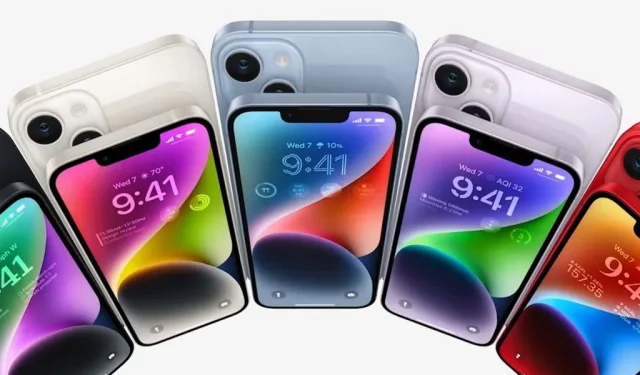Worst “feature” of every iPhone 14 Series model

Apple has finally introduced the iPhone 14, 14 Plus, 14 Pro and 14 Pro Max and there are many improvements that will make you want to trade your current iPhone stats. But I wouldn’t upgrade so quickly because there is one “feature”that will make many of you rethink getting a new model of the iPhone 14 series.
Earlier this year, the third-generation iPhone SE became the first iPhone to not support 3G CDMA networks. While expected, the entire iPhone 14 line is missing a physical SIM tray, which is a bit of a shock as there are still plenty of mobile virtual network operators that don’t even offer eSIM for prepaid plans.
For example, I have a physical SIM card from Page Plus, which I pay a little over $3 per month to use. The area code for my main number is very similar to the local one in my area, so people always call the wrong number. To fix this I got my number with this wrong area code from Page Plus and it just forwards all calls and texts to my main number.
If I were to buy a new model of the iPhone 14 series, I would have to keep a spare smartphone with me in order to continue using the super-cheap plan that does not support eSIM.
Physical SIM cards are also used by frequent travelers who travel outside the US and need a local phone number. Instead of expensive roaming fees, prepaid SIM cards are cheap and easy to change when you get to your destination. Although some international prepaid SIM providers now support eSIM, it will usually cost more than a local physical SIM.
Also, setting up eSIM profiles on iPhone can be more difficult if your carrier doesn’t provide you with a link to set up an eSIM profile. T-Mobile shows a 16-step process for manually entering eSIM information, compared to five steps when using a link.
While eSIM is the way to go, having a physical SIM slot is still essential until every carrier, prepaid and postpaid, jumps on board.
Leave a Reply